Preserving Summer’s Bounty: Blanching and Freezing Vegetables
This year I added a new skill to my food preservation repertoire, and I can't believe how simple it is!
Blanching and then freezing veggies is a great way to preserve excess food from the garden or summer markets. The reason for the blanching (and not just simply freezing) is that it kills the enzymes in vegetables, which prevents them from continuing to be active once frozen, and would result in off-colors and flavors, toughness, etc. The technique basically involves putting the vegetables into boiling water for a couple of minutes, just enough to stop the enzyme process, but not long enough to fully cook them, which helps to maintain crisp texture and good flavor when you want to use them later on.
Especially for those who don't have the ability to create a root cellar or who would prefer not to do canning, this is an excellent way to store most garden veggies such as: turnips, green beans, broccoli, beets, cauliflower, carrots, corn, peas, spinach and summer squash. There are just a few exceptions, which don't require blanching: onions, peppers, and herbs.
Personally, I did freeze my zucchini last summer, grated and in little bags, without blanching. It kept just fine and was perfect for use in muffins and breads, and even pasta sauce. I also froze my spinach washed and chopped, but not blanched, earlier this summer and recently used (and enjoyed) it in a pasta dish. However, I might have lucked out in both of those instances, and am freezing the rest of my garden bounty with blanching.
That said, here we go!
You'll need:
A large pot of water
A slotted spoon
A bowl of cold water
A tray of ice cubes
A clean dish towel
Vegetables of choice
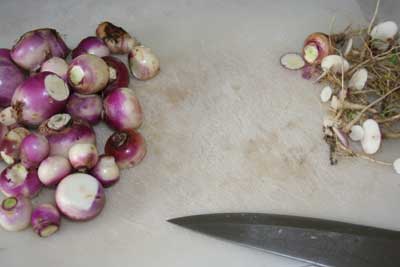
Here are the last of my turnips. It's a bit of a motley looking bunch, since it's the end of my harvest (I processed a bunch of really nice ones a week or two ago). Nonetheless, they needed to be done.
One important thing to note is that any preserving should be done with as fresh of vegetables as possible. If it's coming from your own garden, don't pick it until you're ready to process it within an hour or two, or even better, within minutes. If it's coming from a market or farm, plan to do your preserving just as soon as you get it home. Produce that is preserved at it's peak of freshness yields a much better, tastier product.
First things first, I cut off the greens and rinsed them well in the sink. Next I chopped off their bottoms/roots, as you can see above.

If your veggie needs peeling, now is the time to do it. Obviously some will only need to be washed, like peas or broccoli. Cut your veggie of choice into whatever size pieces you think that you will want to have. With something like turnips, I like them diced in small chunks. Broccoli or cauliflower in nice size florets to add to a stir-fry or the like. Corn could be left on the ear, or else cut off into kernels.
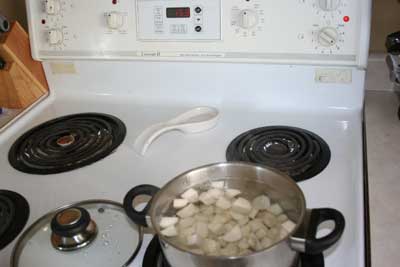
While I'm peeling/cutting, I get my pot of water boiling on the stove. You want it at a full rolling boil.
Each vegetable has a different boiling time. For turnips, around 2 minutes is sufficient. Others will need less or more time. Here is a link to a great chart of the different vegetables and how long they need to boil in order to be blanched.
Once my timer has been set and my veggies are boiling away, I take this opportunity to add my tray of ice to a bowl of cold water, so that it's ready as soon as my timer goes off.
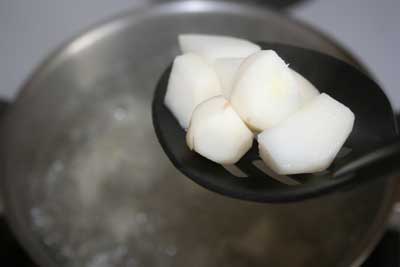
Use a slotted spoon and try to remove the veggies from the boiling water and get them into the ice cold water as quickly as possible.
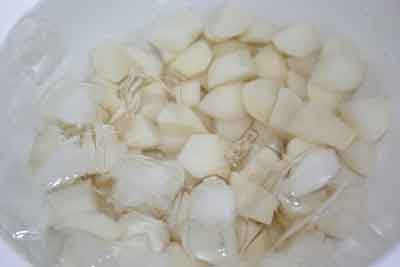
My turnips, cooling off under the ice. Sounds nice on a roasting hot day like today! 🙂
In general, vegetables need to be cooled off in the water for the same amount of time that they are blanched in the boiling water. So, my turnips now get another 2 minutes in the cold water. The purpose is simply to cool them off completely to stop the cooking process.
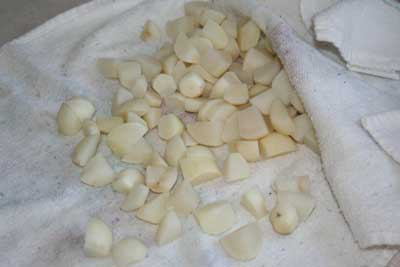
Once the ice water bath is finished, I use the slotted spoon to scoop them onto a dry and clean dish towel. I like to cover them up for a while and let them dry off as much as possible before putting them in bags or containers to be frozen.
If you're creating packages of a size that will be used up in one meal, this isn't so important. With my turnips, I might use 1 cup for one casserole, and 1 cup for a stew, for example, so I'd like mine to not be completely frozen to eat other, but still be accessible if I only want some of them.
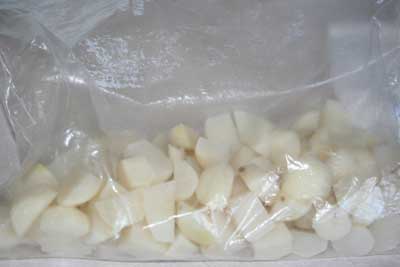
All finished, in a ziploc bag, ready for the freezer!
My total time in doing this small batch of turnips was under 30 minutes. When I did a larger batch the other week, it took me a little over 30 minutes (more peeling and chopping). I love that this isn't too time intensive, and in fact, it will pay off in the winter time when my washing, peeling and chopping has already been done!
Part of Kitchen Tip Tuesdays!
Have you tried blanching vegetables? What methods do you usually use for putting up summer's bounty?

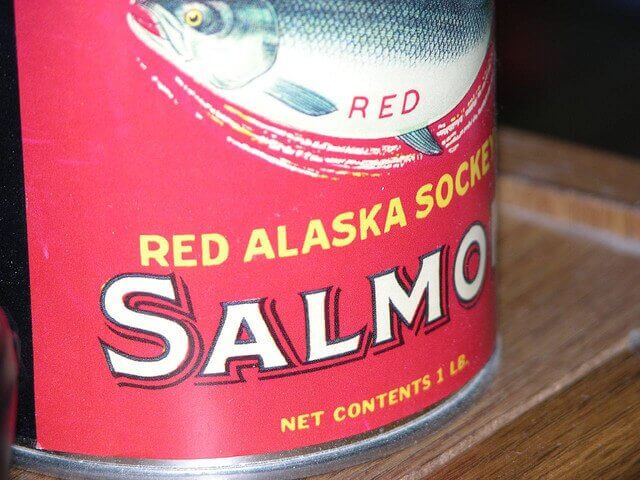
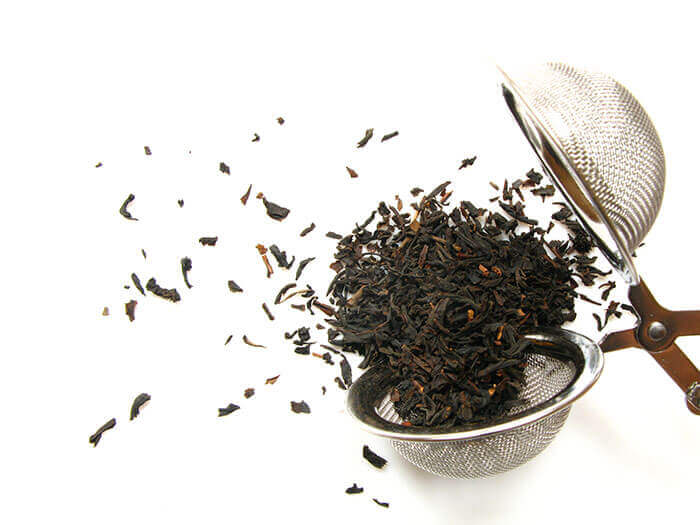
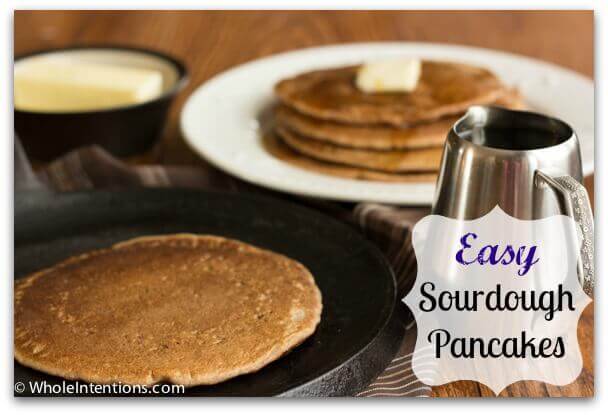
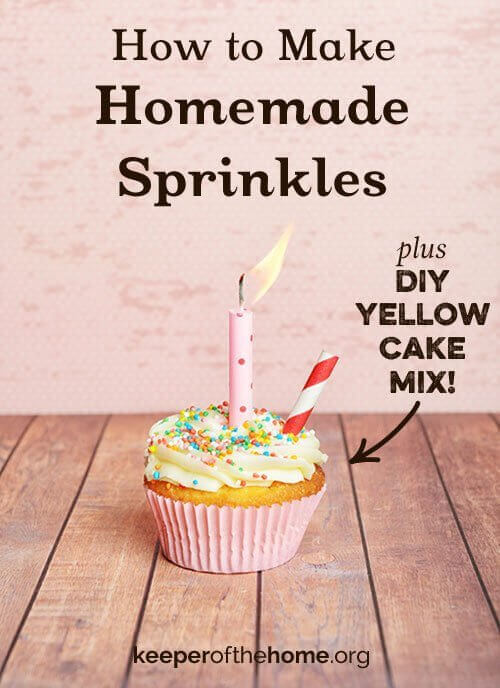
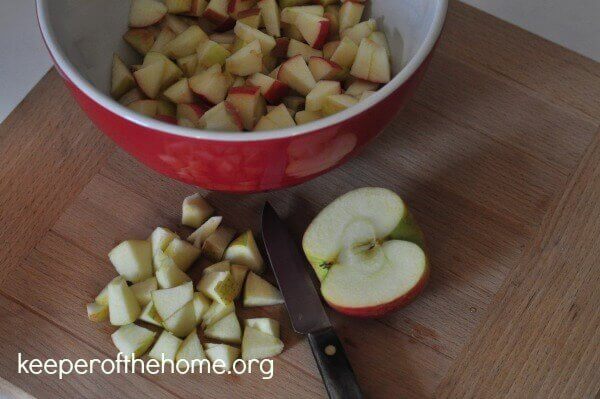
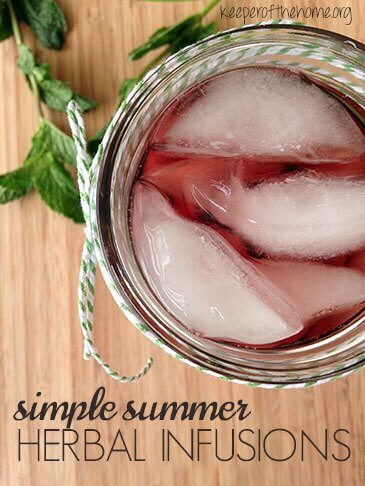
Thanks so much for the info! I just had this discussion with a friend yesterday and we weren’t really sure what we were doing! I printed the blanching chart for both of us.
I usually blanch and freeze as opposed to canning or storing. Storing doesn’t seem to work well for me because of no root cellar, and canning is a lot of work. Some things are actually better frozen. I mainly do beans. Mine are just coming on now so I will be freezing some soon.
Your turnips look great to me. I have never grown them. I tried growing rutabegas this year, but so far, they have only developed long one inch straight roots, rather than a ball. I am not sure if they still will develop, I hope so…they were planted the beginning of June (we have a short garden season here). Maybe next year I will try turnips.
I’ve always done frozen zuchini grated without blanching too.
A very timely post. I just blanched corn on the cob for the first time last night. Hoping to do some other vegetables from Farmer’s market this summer.
I’m a blanching machine. Last year I went CRAZY blanching tomatoes after I found out all the inexpensive cans of tomatoes are lined with that whtie lining – BPA. I also did corn since corn cans are also lined with BPA. Blanching is a great way to preserve – as long as you have enough freezer space.
ohh, and i forgot to mention. i usually put more soupy things like tomatoes into the wide mouth mason jars, leave an extra inch at the top to allow for expansion, and freeze that way. for some reason, i’m kinda freaked out by freezing liquids in plastic bags. maybe it’s just me.
I usually blanche my vegetables, then freeze them. I only can tomato sauce and salsa. I don’t feel I have enough of the other vegetable to make it worth my time to can them (we eat directly from the garden what ever is ripe, so there isn’t much surplus).
I do a fair amount of freezing veggies- I grate zucchini, carrot, and apple without blanching and no problems. I freeze chopped peppers as well without blanching and I think they’re great for sauteing, but wouldn’t have great texture if you were doing something else with them. Our favorites are corn and carrots. I blanched and froze zucchini and yellow squash last year and thought the texture was terrible and composted them. Not sure what I did wrong! We also don’t like blanched and frozen beans. I’m going to can them this year instead. Just broke out the pressure canner today for the first time- wish me luck! 🙂
Thanks for the useful info….as always! 🙂
I do more freezing like this than canning, actually.
My favorite is to blanch and peel tomatoes, then dice them, and put them into quart ziplocs. Any recipe needing “stewed” tomatoes gets them this way! Lasagna, spaghetti, chili… And cheap and organic from the garden!
Another tip I use if I’m blanching things smaller than corn ears: I use a colander/strainer that can get hot… I put the veggies in the colander, drop it into the pot, remove it (sometimes with tongs, depending), and either toss the veggies into the ice water alone or still in the colander. Makes it easy to get that timing “just right” in and out of the boiling water.
Stephanie thank you for this post! I’m a “newbie” when it comes to buying local and in-season produce and was very intimidated at the thought of canning. My friends are now starting to give me their overloads of zucchini and tomatoes so now I know what to do with some of them.
I’ve included your blog article in my blog as well http://muminbloom.blogspot.com/2009/07/preserving-summers-bounty-blanching-and.html
Like EllaJac, I use a large strainer for the boiling. Makes it easy to take things in and out. I blanche and freeze lots of green beans. We really like them this way although others in my family prefer them canned. I freeze them because I don’t yet have a pressure canner. I’ve done broccoli and cauliflower like this before too when I got a bunch really cheap. Except for freezing shredded zucchini, I’ve never had good success with freezing summer squash-too watery!
you are doing the right thing with the zucchini… it doesn’t need to be blanched. I grate mine in 2 cup portions and then freeze them in ziploc bags… when I go to make zucchini muffins/bread I thaw and dump the whole thing into my muffins…. make sure you use the liquid that separates from the zucchini upon thawing – if you leave it out your bread/muffins will be too dry. I make a killer chocolate zucchini bread – use your favorite recipe and substitute a portion of the flour with baking cocoa – (I usually substitute about 1/2 cup)…. it is awesome!
I have gardened for several years, and we have always done our green beans this way, because that’s what my hubby said we were supposed to do, BUT I had no idea WHY we blanched (or par boiled) them first. I froze some green tomatoes (love fried green tomatoes!) a couple weeks ago, but didn’t blanch them. My MIL does them that way, and says they turn out just fine, but that may be because they weren’t ripe.
Anyhoo, I just wanted to thank you for the info! I just discovered your site, through tammysrecipes.com, so I’m going to go poke around here now! 😀
xoxo
Shannon
Just thought that I would let you know if you don’t already, Ziploc has bags for actually freezing vegetables. Not just freezer bags, but bags that you actually seal by vacuuming out all of the air. The little vacuum pump comes in one of the boxes with a few bags and then you can also get boxes of the bags separately. They are inexpensive and it is really easy and quick to use. They are usually found with the canning supplies and not just in the bag section. We got them at Walmart. I love them. You can use them for many things, not just freezing vegetables. I also have used them for some meat. Thanks.
When you cook your veggies after freezing them, are they mushy? I’m wondering about diced or sliced veggies like zucchini or squash or green beans?
@Heather Tully, No, not mushy. Now, something like zucchini won’t have the same texture as it would fresh. Nothing really will. But they’ll be similar to frozen vegetables that you buy at the store. You probably wouldn’t want to just thaw and eat them raw (peas and beans aren’t bad that way, though), they’re usually better cooked into something.
I have froze vegetables for years without blanching. I rinse, dry and freeze.
Thats it, and I’m still here
@Ida, I don’t think the issue is with safety as much as it is with taste, color and texture. Do you still find that the vegetables taste nice and maintain a good texture? If so, that’s great!
I have canned and frozen before and I like the freezing much more.
I do slow roast my tomatoes with oil and seasonings, herbs, or just leave plain.
Then I freeze them too. Plop them into soups or stews.
TIP:
Left over juice from the tomatoes, I put in ice cube trays and freeze.
When solid I put in freezer bags and add to other recipes for extra flavor.
Works great!